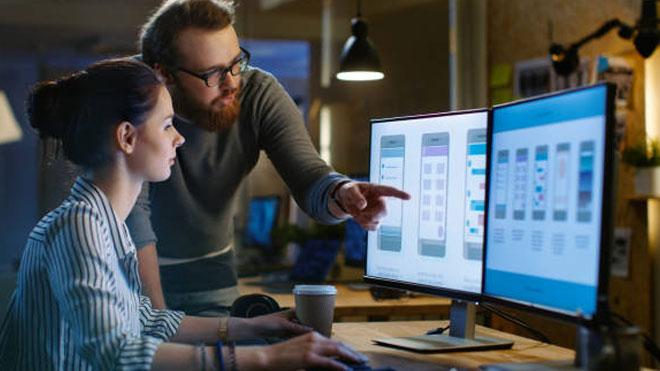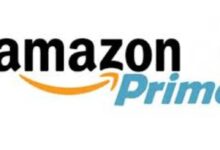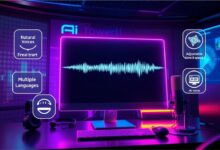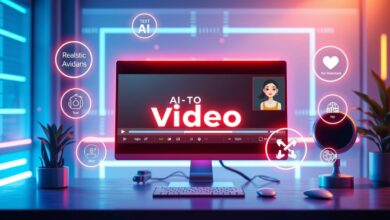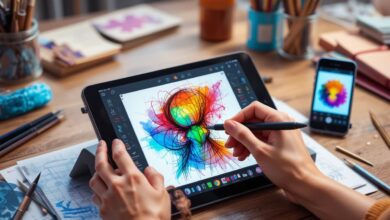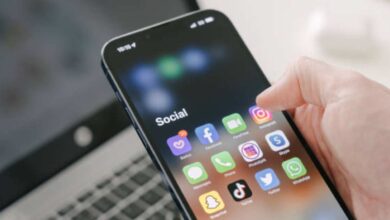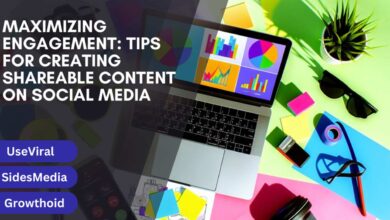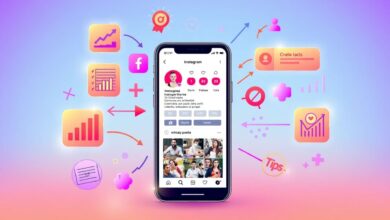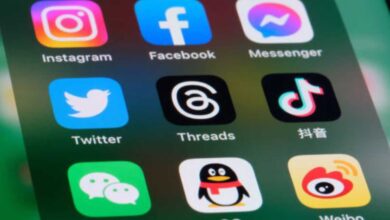UX tools focus on the user experience of the content. It is a process of evidence-based, product-oriented design based on high-quality research and data analysis. Consider taking the UI UX course in Bangalore to enhance your skills and understanding.
It helps relate the website, app, or product to the target audience. And therefore, increasing the user experience. It helps reconcile the vision of one’s product’s user experience with how the users use it.
The UX Tools:
Your app may indeed become outdated within half a year. Every software solution must be deeply integrated into the existing tech environment to be successful. That’s why modern apps are dependent on third-party modules, services, standards, and OS guidelines. So here is an android development company and GBKSOFT & Altamira Team to look for.
IMPORTANCE:
Previously, there were only two goals behind the development of a digital product or a mobile app:
- The prototype.
- What we thought the user wanted.
Mobile apps and the digital world have become so complex with time. And feature-loaded, to be effective, they must bear a good UX design.
Read Also: Key Differences and Tips To Understand UX and UI
ELEMENTS:
● RESEARCH:
It helps to understand the end-user and the purpose of the application. It also contributes to finding and implementing the needs, goals, and mental models of the target audience.
● VISUAL DESIGN:
The visual design known as the user interface is based on aesthetic preferences and the overall outlook of the mobile app. It helps create a psychology-driven cognitive perspective of the mobile app to create better visual communication through colors, images, symbols, etc.
● INFORMATION ARCHITECTURE:
It includes many services that play a crucial role in supporting usability and findability. The art and science of constructing information separated from knowledge and data lie ambiguously between these two. It carries information on objects that range from websites to software applications to meta-data and navigation of the application.
IN CONCLUSION:
- Usefulness: The mobile app must fulfill the users’ wishes and needs.
- Easy-to-navigate: The easy-to-operate apps are more convenient for the users. The UX Design or UX tools help you to do so.
- Desirable and appealing: The appealing and desirable interface of the app will intrigue the user to use the app, and it will make the visitors retain your brand.
- Findable: Navigating through the system must be easy and self-descriptive. Moreover, users must find important information quickly.
USER INTERFACE (UI):
In terms of achieving user goals, the purpose of UI design is to make a smooth, user-efficient yet simple human-computer interaction. It includes a group of services that are utilized to support usability and user experience, with a focus on the aesthetic appeal of the application.
The design must balance the technical side and aesthetic (visual) look. It should also contribute equally to the effectiveness of the mobile app. It will result in a system that is not only fully functional. But it can adapt to whatever changes the user needs.
PROCESSES:
First off, good know-how of the users’ needs paves the way toward a successful user interface design, following a bunch of phrases that enhance and result in a rock-solid mobile app.
● FUNCTIONALITY REQUIREMENT GATHERING:
It refers to collecting data on the functionality required by the mobile app to achieve the objectives. And the potential needs of the users as well.
● USER AND TASK ANALYSIS:
It is a type of field research that collects and transcripts data by targeting audiences that is most prone to use the mobile app and gives a better and customer-oriented product/app. It concludes all the questions into whether the app supports the demands of the user.
● INFORMATION ARCHITECTURE:
It focuses on how the information flows within a system. In mobile apps, it would be an option tree flowchart.
● DEVELOPMENT OF A PROTOTYPE:
Wire-frame development, either in the form of paper prototypes or simple interactive screens. These prototypes are full of all look & feel elements and most content to concentrate on the interface.
● INSPECTION OF THE DESIGN:
Usability inspection and all the other types of evaluation are implied to assess the overall working and performance of the prototype of the application. It cannot be done on the user. Examples include; cognitive walkthrough, heuristic evaluation, and pluralistic walkthrough.
● GRAPHICAL USER INTERFACE:
This is the assessment of the outlook enhanced by the use of graphics and the final graphical interface. These are the design’s control panels and faces, voice-controlled interfaces, and gesture-based interfaces. This process also involves computer programming to some extent to justify forms and generate links or perform an exacted action. While computer programming also depends on the type of interface being created.
Final Words:
In this era of the fast-paced world where almost everything is going digital, it is essential to get an appealing and engaging app design for your company or business. It will make your online presence and visibility more effective and allow people to engage with your brand name.
